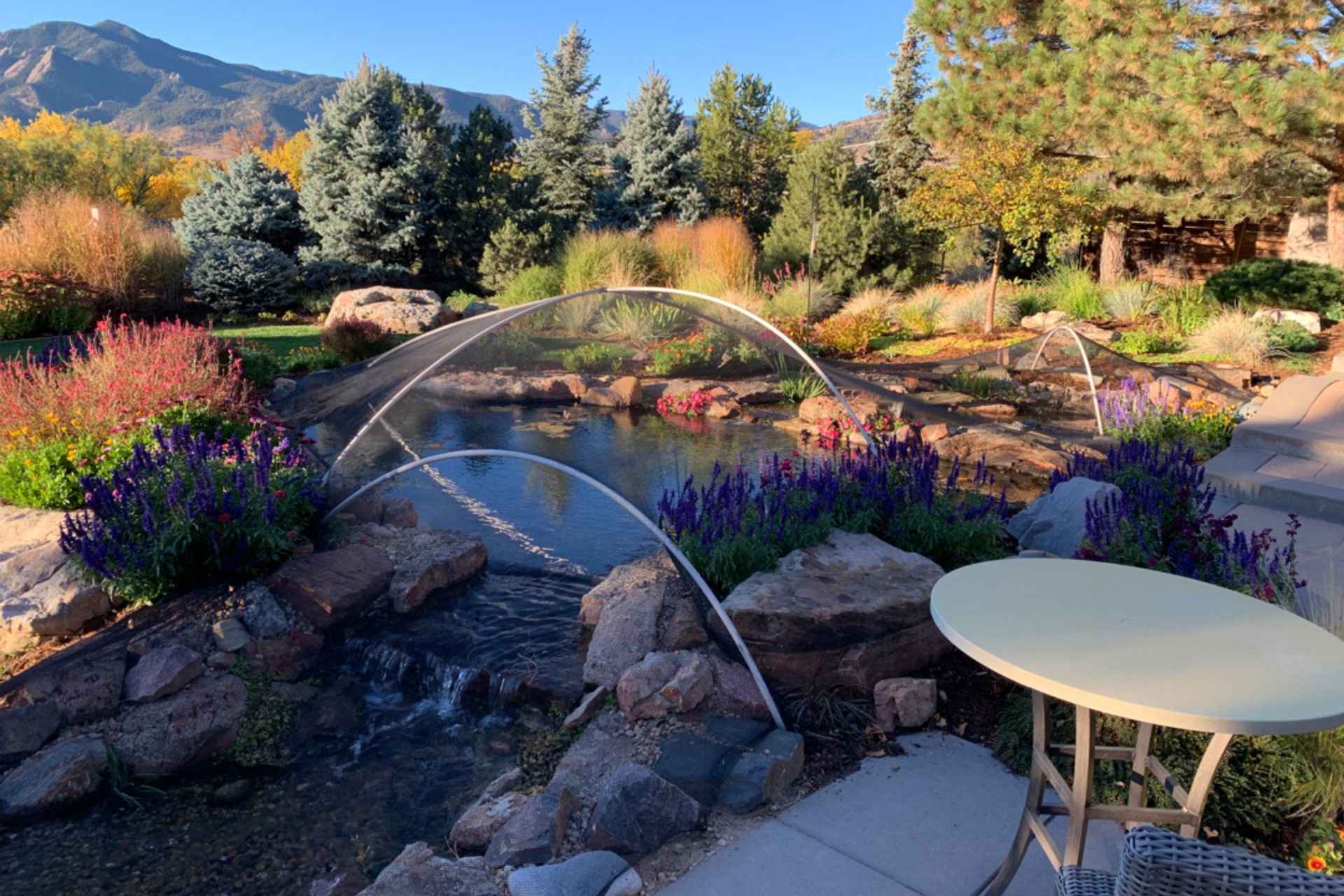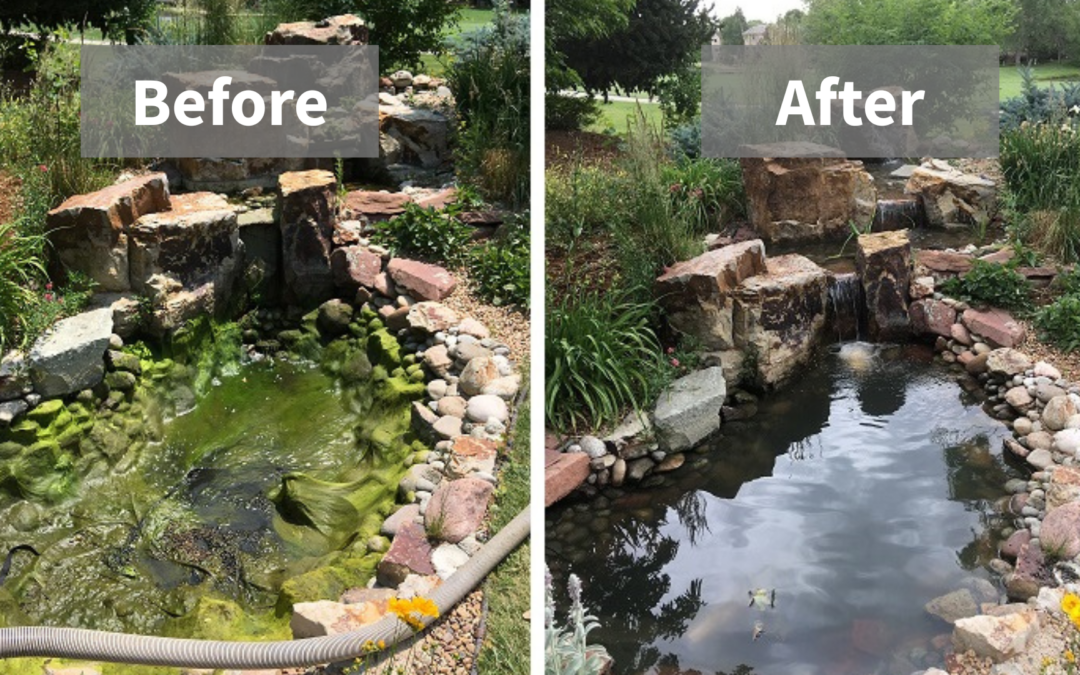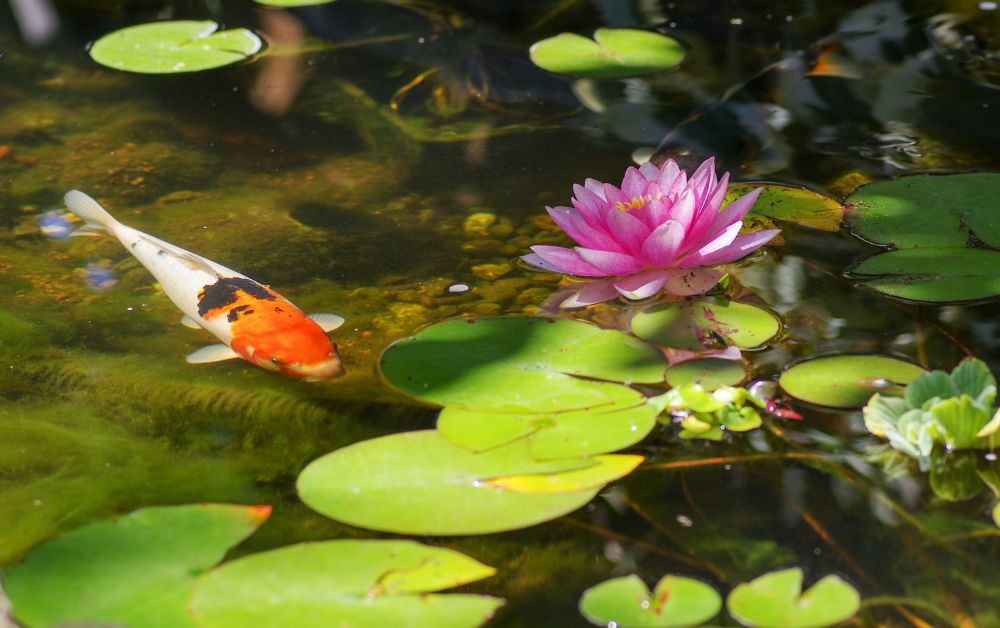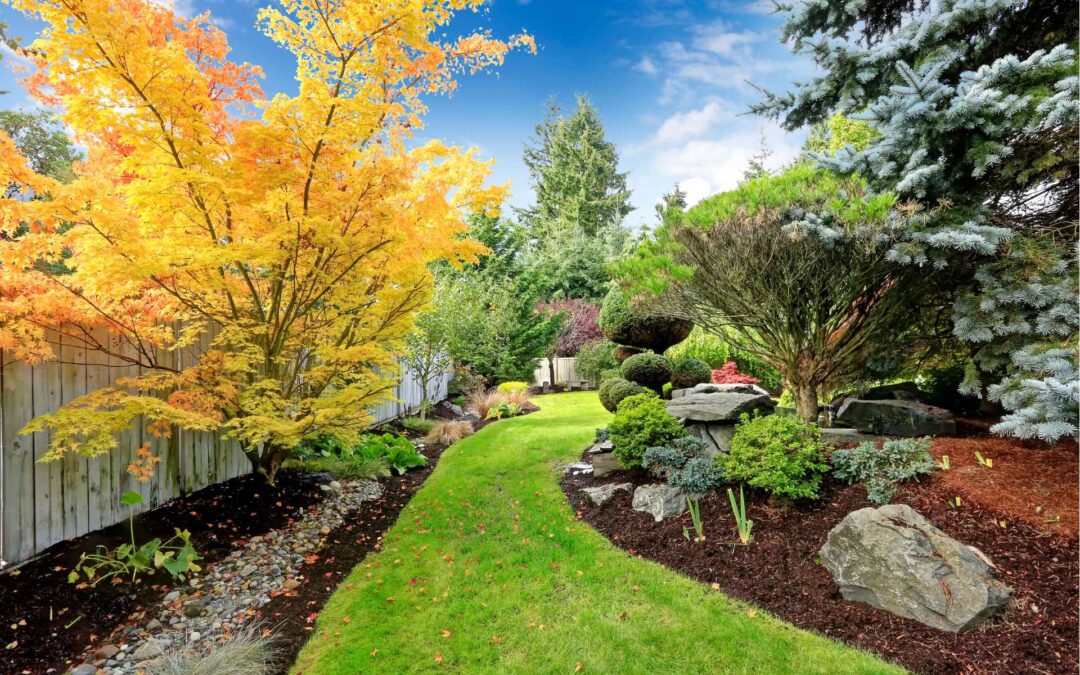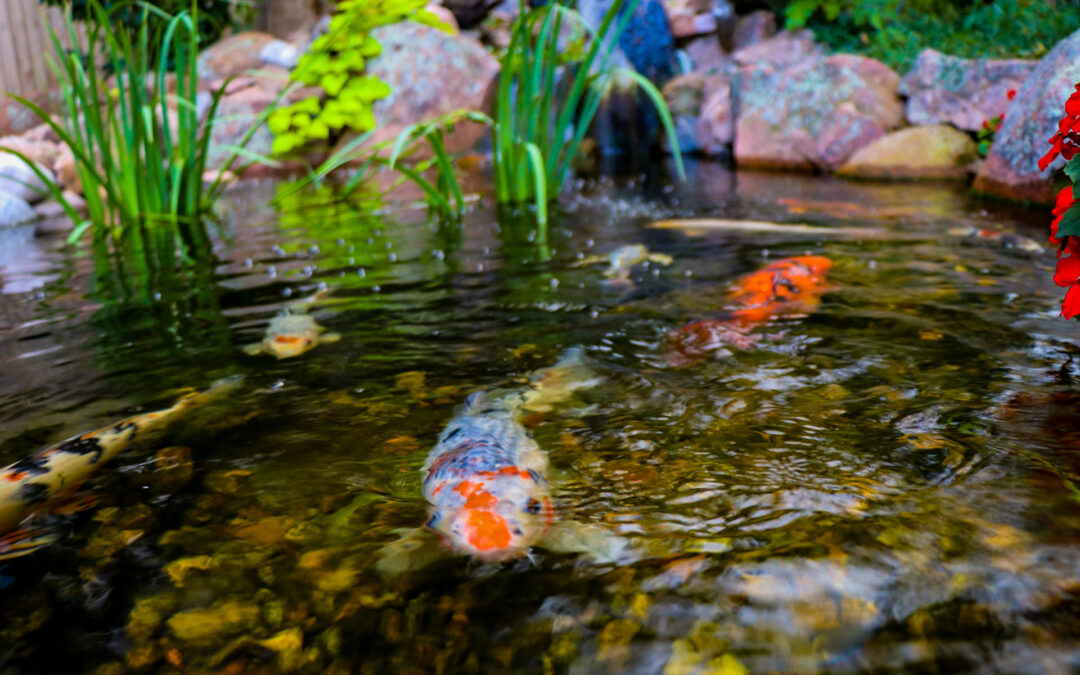As winter nears, using pond netting becomes a crucial step in protecting your pond. A well-installed netting system helps prevent debris buildup, maintain water quality, and minimize algae growth during the colder months. Here, we explore these three key benefits to help keep your pond healthy and vibrant through the winter.
Preventing Debris Buildup in Your Pond
A significant advantage of pond netting is its ability to keep debris out of your pond. Leaves, twigs, and other organic matter can clutter your pond if left unchecked, disrupting its delicate ecosystem and making maintenance more challenging.
Installing pond netting early in the season can significantly reduce the amount of debris that enters your pond. This proactive approach helps maintain cleanliness and reduces the frequency of manual cleaning. For the best results, use fine mesh netting to catch even the smallest debris. Make sure it covers the entire pond surface, extending beyond the edges for complete protection. Regularly checking and clearing the netting ensures it remains effective throughout the season.
Incorporating aquatic plants like water lilies and lotus into your pond can further help reduce debris. These plants act as natural filters, absorbing excess nutrients and providing shade that limits algae growth. They contribute to a balanced ecosystem, lessening the need for frequent manual cleaning.
Another useful tool is a pond skimmer, which skims the surface to collect floating debris before it sinks. This helps maintain a tidy pond and improves water circulation, benefiting your aquatic life.
Adding a layer of gravel or small stones at the bottom of your pond can also help reduce debris buildup. The gravel acts as a barrier, preventing debris from settling directly on the pond’s base, making it easier to clean and maintain a pristine environment for your aquatic inhabitants.
Maintaining Water Quality During Winter
Maintaining high water quality during winter is essential for the health of your pond’s inhabitants. Pond netting serves as a barrier against contaminants like chemicals, pollutants, and excess nutrients that could disrupt the pond’s ecosystem.
By setting up pond netting before winter, you help preserve your pond’s natural balance, reducing risks to fish, plants, and other organisms. It also keeps invasive species or predators from entering your pond, offering added protection.
Oxygen levels are another key concern in colder months. Lower temperatures reduce oxygen solubility, which can lead to oxygen depletion, harming your pond life. Installing an aerator or fountain helps maintain oxygen levels, ensuring a healthy environment for your pond’s inhabitants.
Monitoring water temperature is essential as well. Sudden drops can shock your pond’s ecosystem. By keeping an eye on temperature changes, you can adjust your maintenance routine to support your pond’s well-being.
Using a de-icer in your pond can also be beneficial during winter. De-icers create a small opening in the ice, allowing toxic gases to escape and oxygen to enter, which helps maintain a healthier environment for your pond’s aquatic life.
Minimizing Algae Growth Over Winter
Algae growth, though more common in warmer months, can still be an issue during winter. Pond netting helps minimize algae by reducing sunlight exposure to the water. Less light means less opportunity for algae to thrive.
Choosing a dark-colored or specially designed netting that blocks sunlight can be particularly effective. While pond netting reduces algae growth, it isn’t a standalone solution. Regular maintenance, including proper filtration and water circulation, is still necessary for optimal water quality.
Floating plants like water lilies or duckweed can also help. These plants shade the water surface, limiting sunlight and curbing algae growth. Additionally, aeration devices like fountains or air pumps promote oxygen levels that support beneficial bacteria, which compete with algae for nutrients.
Introducing barley straw to your pond can be another effective, natural method for controlling algae growth. As the straw decomposes, it releases compounds that inhibit algae growth, helping to maintain clearer water throughout winter.
Avoiding Common Mistakes with Pond Netting
While pond netting offers many benefits, avoiding common mistakes is crucial to ensure its effectiveness. One mistake often made is using netting with large gaps that allow debris or predators to slip through. Always choose fine mesh netting that provides comprehensive protection.
Another mistake is installing pond netting too late, after debris has started accumulating. Setting up netting before fall ensures debris is kept out from the start. Regular maintenance, such as checking for tears and clearing debris, is also essential to keep your netting effective.
When choosing pond netting, consider your pond’s size and surroundings. A net that’s too small won’t cover the area properly, while one that’s too large can be difficult to manage. Consulting with experts can help you find the right fit for your pond.
Material quality is also important. Some nettings degrade quickly under sunlight or harsh weather, so investing in durable, UV-resistant options is wise. Proper installation and upkeep are key to maintaining your pond’s health and appearance.
Think about how the netting will look on your pond. While functionality is important, choosing a netting color that blends with your surroundings can help maintain your pond’s visual appeal. Darker-colored netting often blends better with natural environments, reducing its visibility while still providing necessary protection.
Choosing the Right Netting for Your Pond
Selecting the right pond netting depends on various factors, including your pond’s size and the level of protection needed. For ponds near trees or exposed to strong winds, choose a sturdy, durable netting that can withstand these challenges.
Ease of installation and removal is another consideration. Look for netting that’s easy to set up and take down, making regular maintenance simpler. And if aesthetics are important, opt for a netting color that blends well with your surroundings.
If your pond has many fish, finer mesh netting can prevent them from getting tangled, while larger mesh may be sufficient for catching leaves and debris. Material choice—whether nylon, polyethylene, or polypropylene—should match your needs and budget. Nylon, for instance, offers durability and UV resistance, making it ideal for long-term use.
If your pond is exposed to harsh weather, like strong winds or heavy snowfall, consider netting material designed to withstand these elements. Reinforced or heavy-duty netting options provide added protection during winter.
Installing pond netting before winter offers many benefits for pond owners. By preventing debris buildup, maintaining water quality, and minimizing algae growth, pond netting helps create a healthier, more vibrant ecosystem. Avoid common mistakes and choose the right type of netting to enhance its effectiveness. Start early, and enjoy the rewards of a well-maintained pond throughout winter and beyond.

